By Jeff Reichert in the January-February 2017 Issue
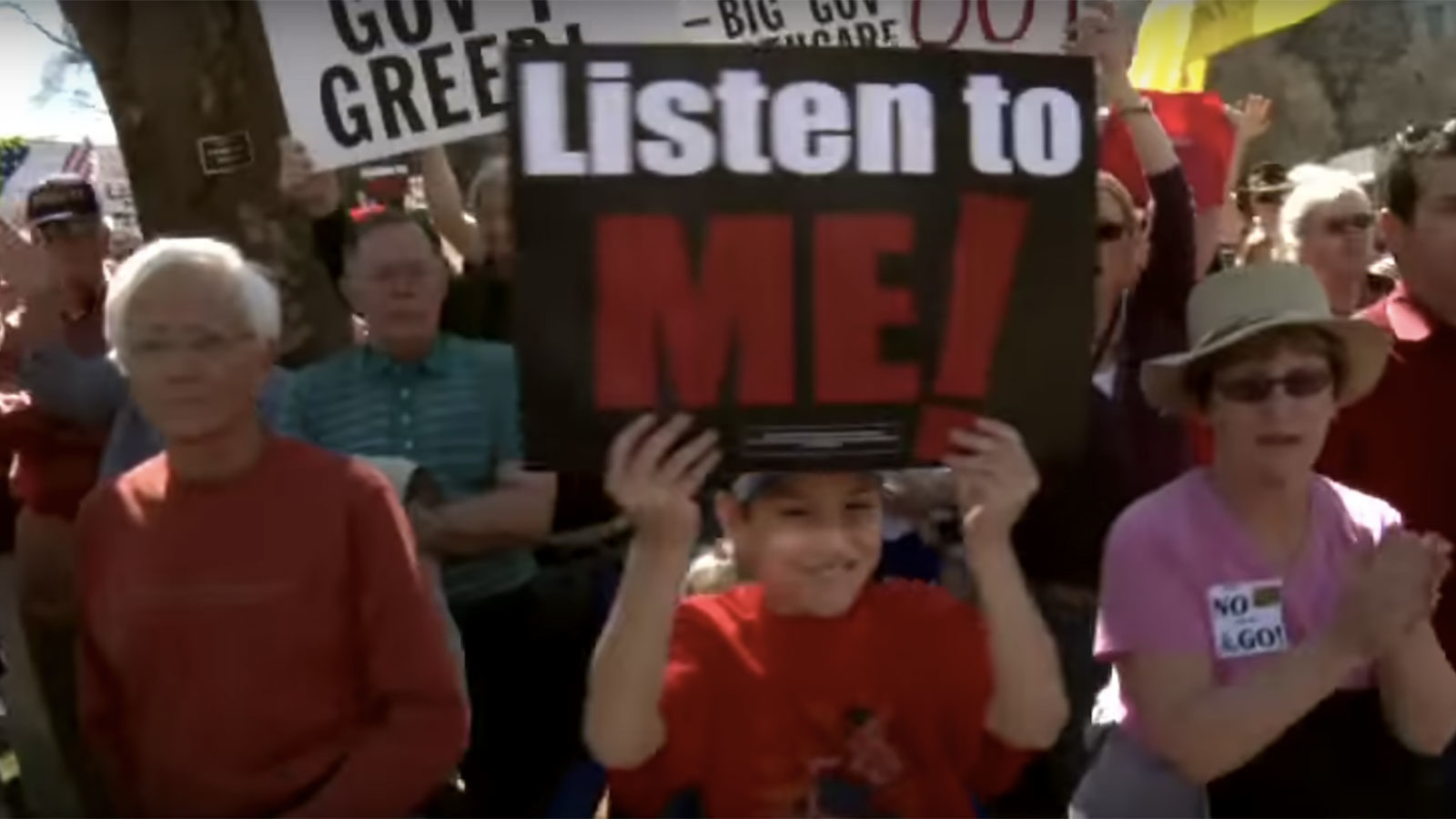
Big Plans, Small Minds
The rise of Stephen Bannon empowers a brand of echo-chamber culture familiar to documentary
Stephen K. Bannon’s 2012 documentary The Hope & the Change features interviews with 40 “average” Americans who supported Barack Obama for president in 2008 but refused to do so in 2012 due to disappointment with his policies. Bannon’s subjects, mostly white, with a sprinkling of different ethnicities throughout, are filmed in their homes in hastily composed frames, and what’s revealed becomes, over time, less an indictment of Obama than the premise of democracy as a whole. Can a governmental structure and economy that grows exponentially more complex all the time really be of, by, and for a mass of people who have little to no understanding of any of its rudimentary workings, yet are empowered every two years to show up to voting booths and cast judgment as if they do? The Right in the United States often talks about the tyranny of coastal elites, but what of the damages wrought by the frightening specter of know-nothing-ism, the arrogance of aw-shucks Americans who grow frustrated at a federal government that doesn’t roll up its sleeves, sit down at the kitchen table, and balance its budget like a normal household of four?
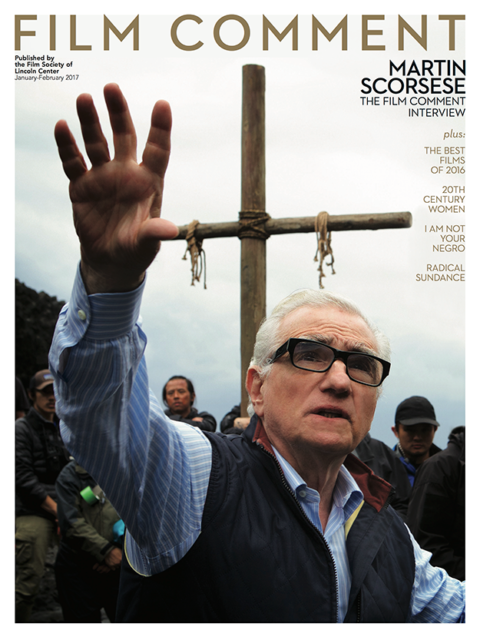
From the January-February 2017 Issue
Also in this issue
These likely aren’t the questions that Bannon aimed to provoke by making this film, which features an opening montage that cribs liberally from Leni Riefenstahl’s Triumph of the Will and which was introduced by Chris Christie at its premiere at the 2012 Republican National Convention, but he likely wouldn’t mind any disruptive energies that emerge from experiencing it. The 63-year-old Bannon, a former film industry executive (he was once vice chairman of American Vantage Companies, which controlled the Wellspring library that included films by Sokurov, Panahi, Yang, Assayas, Carax, Tsai, and more), who also did stints in the Navy and at Harvard Business School, and worked for Goldman Sachs, is at the time of this writing Chief Strategist to President-elect Donald J. Trump. He has made disruption of norms his stock-in-trade, from his time editing the white nationalist Breitbart News Network to his successful manipulation of the campaign process to catapult the least popular candidate in modern history into the White House. After Trump’s unexpected victory, in a puff profile in the Hollywood Reporter, Bannon name-checked some heroes: “Dick Cheney. Darth Vader. Satan.” For Bannon, “That’s power.”
Bannon’s filmmaking career to date includes writing and directing credits on nine features produced at a mostly breakneck pace. His first, 2004’s In the Face of Evil: Reagan’s War in Word and Deed (co-signed by Tim Watkins), was followed by the “Tea Party Trilogy” films in 2010, Generation Zero, Fire from the Heartland, and Battle for America, 2011’s Sarah Palin biography, The Undefeated, and then three more anti-Obama tracts in 2012, The Hope & the Change, Occupy Unmasked, and District of Corruption. His latest, Torchbearer, was finished in mid–2016 and follows Duck Dynasty scion Phil Robertson as he travels around the globe from the Acropolis to Auschwitz to prove the existence of the Christian God. Most of these films give a producer credit to David N. Bossie, who led investigations of several of the Clinton non-scandals of the ’90s and serves as President and Chairman of Citizens United Productions. You’ll likely remember Citizens United v. Federal Election Commission as the landmark Supreme Court decision that opened the floodgates for corporate money in the electoral process, but you might not recall that what sparked the case was a fight over a movie, namely the FEC’s decision in 2008 to scuttle the distribution of the Citizens United production Hillary: The Movie under the auspices of the Bipartisan Campaign Reform Act.
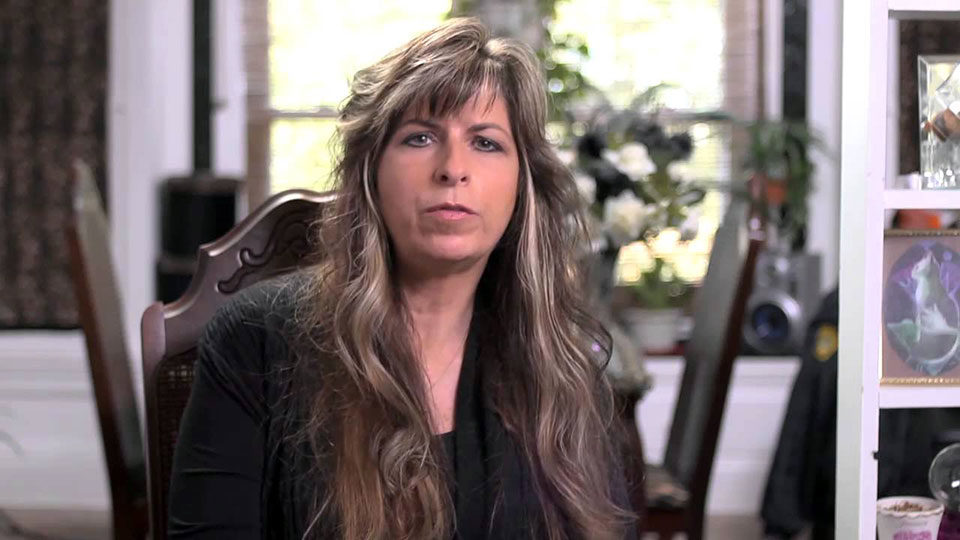
The Hope & the Change
It’d be easy to watch Bannon’s films, which do their best to give voice to that repressed populist rage that has been the fascination of the punditocracy since the surprise turnabout on election night, and reject them out of hand. Their aesthetics are sheer garbage—these films from the trash heap are amalgamated lumps of generic stock footage and poorly filmed interviews pounded together into shapeless mash and blasted at audiences with near-constant musical scores that seem iterated off of the theme of The Hunt for Red October. Every moment in a Bannon film feels like the cliffhanger before a reality show’s commercial break (Will Kim and Khloe make up? Will America as we know it survive the socialist takeover of health care?). And regardless of your politics, any reasonable viewer should find much to question in Bannon’s analyses of recent historical events, which run the gamut from debatable argumentation to wild truth-spinning to sheer balderdash. We could dismiss Bannon as the Rainer Werner Fassbinder of shoddily made straight-to-video white supremacist documentary. But his tactics have helped put Trump in the White House, so what can we learn about Stephen K. Bannon or America from watching them?
Notwithstanding Bannon’s denials of association with or allegiance to contemporary white supremacist movements, his choice of interview subjects suggests that he does really love white people. And that his avowed economic populism only extends so far. Throughout the films, save for The Hope & the Change, his assembled coterie of expert voices are mostly male, mostly white, and generally bear titles from conservative standbys like the American Enterprise Institute, the Hoover Institution, Judicial Watch, the Washington Examiner—none exactly bastions of working class sentiment. When a person of color is trotted out, it’s for clear emphasis, as in District of Corruption’s analysis of Acorn’s supposedly nefarious activities—see, even a black person thinks registering African-Americans to vote is suspicious business. In the same film Bannon brings out the right wing’s doughy champion of vote suppression Hans Anatol van Spakovsky, suggesting where the film’s true feelings around the suffrage lie.
Bannon’s overt authorial presence is limited to colorful chapter titles (Battle for America’s “Village of the Damned—Radical Chic”; The Undefeated’s “Servant’s Heart—The Seed”), quotations from the Bible or Shakespeare, and his furious, utterly unhinged montage. Sometimes his visual metaphors simply befuddle: in Battle for America he pairs a chopped up, circular, low-angle tracking shot of a man and woman arguing in the street to Lou Dobbs ranting about the proper role of limited government. Sometimes it’s hard to know what to think: are the digital animations of a pack of Tyrannosaurs roaming a primeval forest in the same film meant to suggest that we should be on guard for threats against the American way? Their arguments don’t hold up to scrutiny much better. His rhetorical strategy is to make as many points as possible as quickly as he can, and hope that no one bothers to check his facts. Thus he can present with a straight face a sequence in District of Corruption that draws a direct line from the Black Panthers to Solyndra to the ATF’s “Fast and Furious” weapons exchange program to the contemporary right wing’s “proof” of widespread voter fraud to Acorn. Bannon’s are not films of irony, inquisitiveness, or complexity. They are not asking you to seriously consider their arguments. They are telling you what is really going on out there, man.
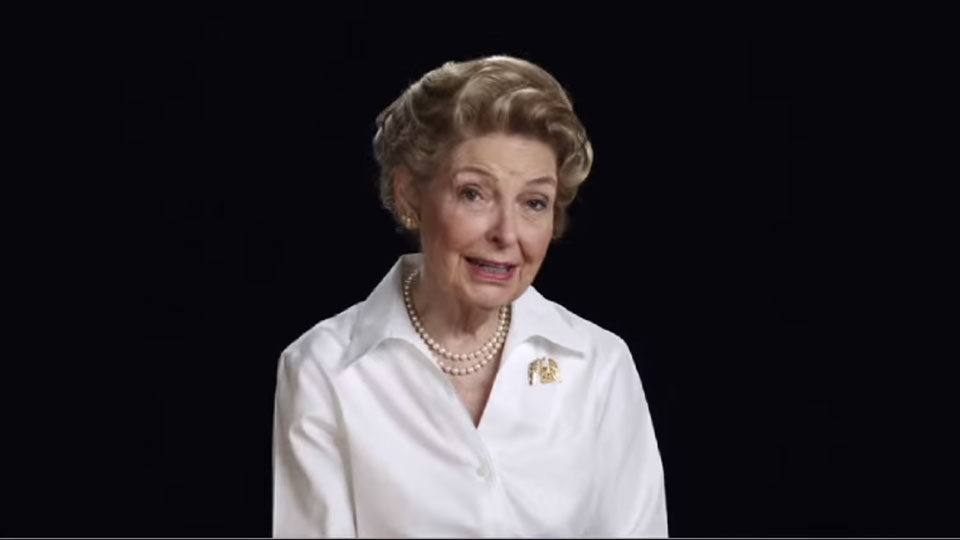
Fire from the Heartland
What’s most interesting, and most dangerous, about these films and their maker is not their disinterest in truth and fact, or the way they’ve piggybacked on the most commonly experienced visual aesthetic of our moment (unscripted) to deliver their messages, or the way they stoke populist anger through the combination of both. It’s their deep abiding sadness, and what that suggests for the continuing health of our nation. These are films that ache for an America that a certain portion of the population feels has slipped away, or is in the process. Beneath all of their bluster and bombast and lunatic aesthetic choices, these are deeply nostalgic, fearful, and melancholy pictures. This sadness is most evident in his three biographical films, In the Face of Evil: Reagan’s Word and Deed, The Undefeated, and Torchbearer, but especially the first. To tell the story of Ronald Reagan, Bannon decides to start not with the man’s birth, but with Roman Senator Cato, and then proceeds to retell the entire history of 20th-century conflicts in such a way as to suggest that it was Reagan who won them all. Bannon, like many men his age, missed out on being a part of the Greatest Generation—where men were men and went to Europe and won unambiguous victories over clear enemies—and his films return often to World War II, to Hitler, to Stalin. He views history with a young boy’s view that’s as black and white as the TV Westerns he probably watched as a kid. And he proves blinkered, or cynical (or both), enough to make hay in his movies about the evils of Hitler while trashing Jews in his personal life, and stoking white supremacist sentiment for electoral gain. That so many U.S. citizens share this worldview suggests that perhaps the end of the forward-looking inclusive American experiment might come sooner than one would think.
It’s fascinating to consider that one could certainly level similar claims about the rhetorical aesthetic and strategies of many filmmakers working at the opposite end of the political spectrum. Think of Adam Curtis, who employs compilation and montage to untangle and reweave the historical record to suit the argument he’s making in each of his films. A look at It Felt Like a Kiss, The Power of Nightmares, and his most recent, HyperNormalisation, finds the British agitator carefully culling together reams of archival imagery to support cases that are communicated through onscreen text and voiceover. You might personally agree with the political connections Curtis makes, and his montage is more nimble and provocative than Bannon’s, but it’s clear that films like Generation Zero and Battle for America are trying to do something similar with similar means.
In the explosion of documentary film in the past decade-plus, the largest expansion has been in the creation of those agitprop survey documentaries that purport to break down an issue for the viewer and provide an actionable item at their finale. (I’ve made one myself, entitled Gerrymandering.) Looking through Bannon’s career, we can locate the liberal-documentary-complex-approved equivalents to many of his films: Torchbearer is the conservative Christian answer to Constantine’s Sword or Religulous; Occupy Unmasked finds a twin in the crowd-sourced, Sundance-programmed 99%: The Occupy Wall Street Collaborative Film; Generation Zero draws different conclusions from the same economic crises examined in Inside Job (and might, surprisingly, be a better watch). In these pages, Paul Arthur has written about the films of leftist activist-director Robert Greenwald, who could factor into this analysis as well.
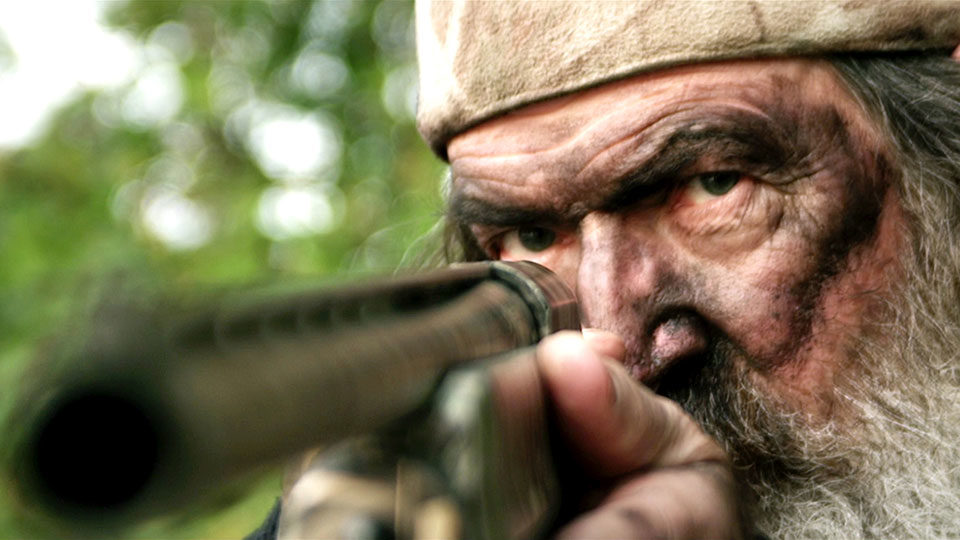
Torchbearer
Do we live in separate realities, or do we now create films that cater to the specific realities we’d like to believe in? Is there a difference? Documentaries are particularly well-suited to the creation of realism, because viewers have been conditioned to believe in the genre’s reliability as a vessel for truth. As far back as Nanook of the North, nonfiction filmmaking has come in a container that looks real, feels real, and sounds real, but can be anything but. Over time, we’ve learned to contend with different levels of realism in documentary: is it so bad that Robert Flaherty asked his Inuit subjects to recreate outmoded hunting practices for the camera? In HyperNormalisation, Ronald Reagan is presented as poorly steering the U.S. into a feckless policy in the Middle East that left a vacuum for the extremism we see today. In Bannon’s In the Face of Evil, Reagan won everything ever, and bigly. They can’t both be right. Can they? If documentary is inherently corruptible, so easily bent to convince viewers of any number of possible realities, should we stop making them?
Where documentary remains most valuable is not in those moments that ratify our own political perspectives, but those that challenge them, and bring us close to a world outside of ourselves. Most of Stephen Bannon’s oeuvre is dismissible on this score, but early on in The Undefeated, he assembled a sequence that left me dumbstruck. Though the film is clearly, slobberingly pitched as a promotional advertisement for the 2012 (and 2016?) Palin presidential runs that never materialized, its opening sequence should give pause to all liberal viewers. In it, Bannon has cut together a montage of television personalities and political pundits mocking Sarah Palin—her drawl, her intellect, her background—in increasingly cruel and crass ways. His editing didn’t wholly negate for me my sense of Palin as ridiculous when cast in the role of serious political figure, but for a few moments made me reconsider how she was treated by coastal elites like myself.
Lenin’s dictum “that, of all the arts, for us the cinema is the most important” is recalled in Bannon’s relatively sane In the Face of Evil; the stated raison d’être for the Citizens United organization was to create a strand of right-wing documentary that would mirror the success of Fahrenheit 9/11. Every action has an equal and opposite reaction. By spending so much time on Bannon’s aesthetics, I may have given more thought to them than he has. Yet he might well know exactly what he’s doing, and likely cares not that he tramples over norms of journalism or truth or beauty or democracy to make the films that he has. He’s recognized that his audience likely cares not for these norms and now that he’s assumed power, what happens if he is able to reproduce his worldview on the grand scale? It’s worrisome that, by all that we’ve seen, Stephen Bannon seems the type who would laughingly burn everything around him for pleasure and care little that his conflagration has left nothing behind.
Jeff Reichert is a filmmaker and critic who lives in Brooklyn. His feature films include Remote Area Medical and This Time Next Year. He is the co-founder and co-editor of Reverse Shot.







